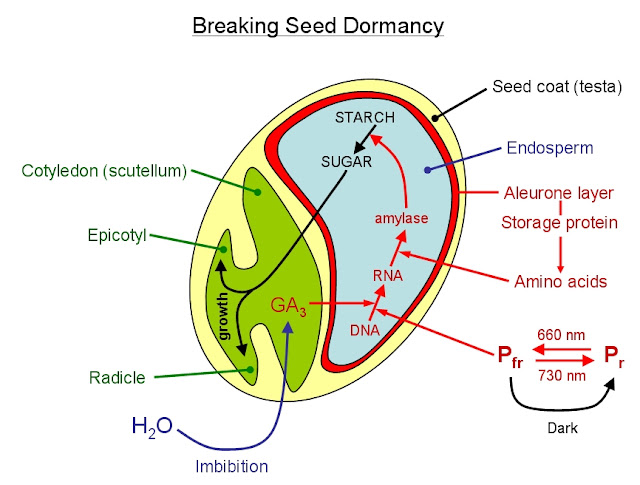New Update Sericulture
 |
| Sericulture. https://cststudy.blogspot.com/ |
Sericulture
The culture of silkworm moth for commercially silk purpose is known as
sericulture. It include both rearing of silkworm and moriculture (mulberry
culture).
sericulture. It include both rearing of silkworm and moriculture (mulberry
culture).
Types of Silkworm
1. Mulberry silkworm: Bombyx mori.
2. Eri Silkworm: Philosamia Cynthia.
3. Tasar silkworm
♦ Indian tasar: Antheraea mylitta.
♦ Chinese tasar: Antheraea pernyi.
♦ Japanese tasar: Antheraea yamamai.
4. Muga silkworm: Antheraea assamensis. Beside these, there is a special type of silkworm known as Fish line silkworm: Eriogyra pyretorus.
Food plants for silkworm
1. Mulberry silkworm: Mulberry plants.
2. Eri silkworm: Castor leaves. Besides, Cassava, Papaya, Sweet potato, Champa etc. 3. Tasar silkworm
♦ Indian tasar: Asam, Arjun.
♦ Chinese/Japanese tasar: Oak leaves. 4. Muga silkworm: Leaves of som and soalu. 5. Fish line silkworm: Liquidambar formosana.(Growing in Hawaii Island)
Difference between Mulberry silkworm and Eri silkworm
Mulberry silkworm Eri silkworm
1. Thread continuous. 1. Thread discontinuous.
2. Fine silk. 2. Coarse silk.
3. Small cocoon size. 3. Large cocoon size. 4. Comparatively low product. 4. High product.
Classification of mulberry silkworm
Mulberry silkworm is classified may various ways ▲ On the basis of origin or regional distribution
1. European silkworm.
2. Japanese silkworm.
3. Chinese silkworm.
4. Indian silkworm.
▲ On the basis of generation per year 1. Univoltine: This type of silkworm produce one generation per year. 2. Biovoltine: This produce two generation per year. 3. Multivoltine: In this case more than two (58) generation produce per year.
▲ On the basis of larval moult
1. Trimoulters.
2. Tetramoulters (In Bangladesh).
3. Pentamoulters.
▲ On the basis of strains
1. Pure strains.
2. Hybrid strains.
a. Monohybrid: When two strains are involved.
b. Polyhybrid: When more than two strains are involved.
Races of Silkworm
a) Nistari: C/40.
b) Nistari: Nawabganj.
c) Nistari: Mirganj.
d) Nistari: Chandraghona.
e) Nistid: White.
f) Nistid: Sylhet.
Sketch the outline of Life Cycle of Mulberry silkworm
Fig: Life cycle of Bombyx mori




Comments
Post a Comment